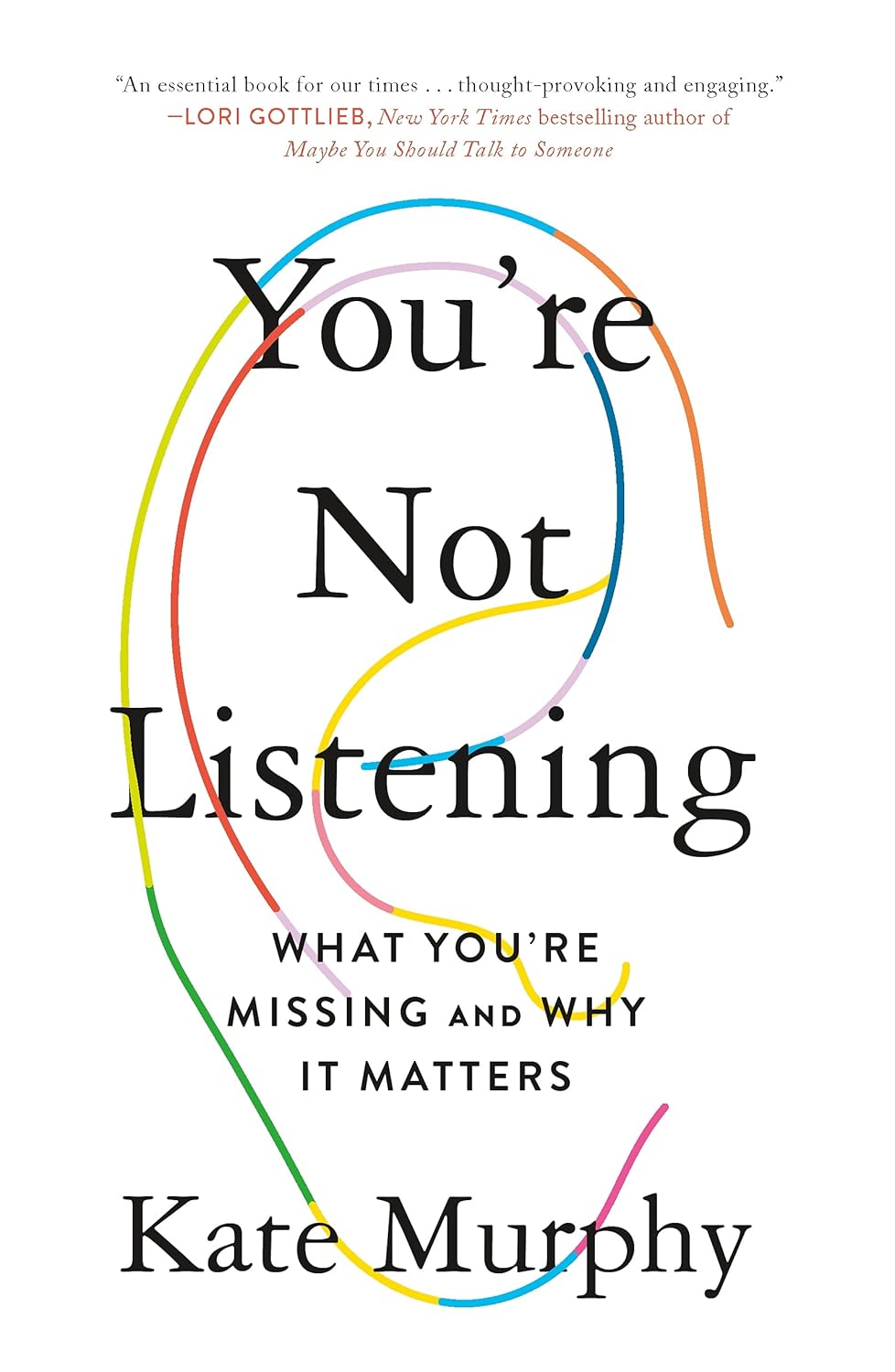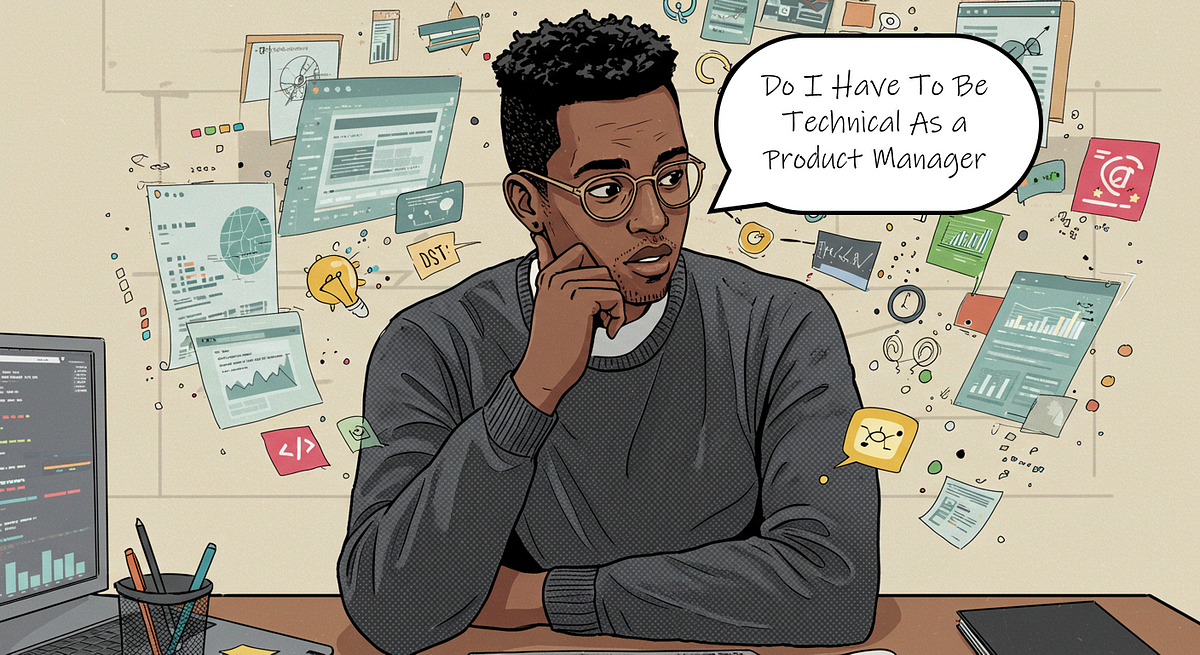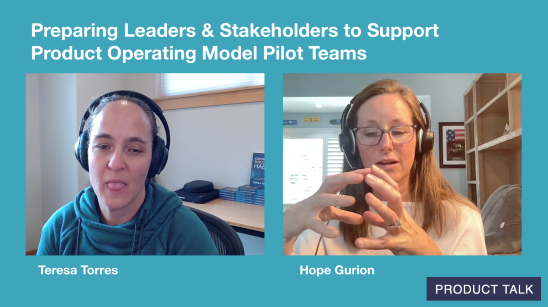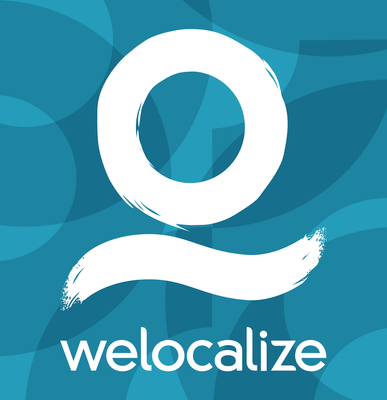Step-by-Step Guide to Outsourcing Ecommerce Fulfillment to a 3PL in Los Angeles
Have you decided to switch from internal fulfillment to a third-party logistics (3PL) provider? Thankfully!

Have you decided to switch from internal fulfillment to a third-party logistics (3PL) provider? Thankfully! It is a decision that can completely change the game and take your business to a whole new level. A third-party logistics (3PL) provider can handle your orders, regardless of whether you are a medical device seller, a weight loss supplement distributor, or an eco-friendly sunscreen producer. Employing a 3PL ecommerce order fulfillment service in Los Angeles means that you can concentrate on developing your business while they handle the logistics for you. We realize that this change may seem overwhelming, but with the appropriate plan, it does not have to be like that. This definitive, step-by-step guide will help you make the transition and set your business on the path to success.
Steps to Successfully Outsource E-Commerce Fulfillment to a 3PL Provider
Take the following steps to successfully outsource e-commerce fulfillment to a 3PL provider:
Step 1: Evaluate Your Needs and Goals
Examine Your Current Fulfillment Process: Begin by evaluating your current self-operations. Find inabilities, bottlenecks, and regions where you're struggling to meet the demand. For example, if you sell Christmas items, then you find yourself continuously flooded with orders during busy seasons, which causes mistakes and delays. This issue is an exact sign of a bottleneck. Or maybe your inventory control system is outdated, which causes overstock issues and stock errors that reduce your profitability.
Set Specific Objectives: Describe what you hope to get by switching to a 3PL. Having clear goals will guide your decision-making, whether it is cutting expenses, improving delivery times, or growing your business.
Step 2: Research and Choose the Best 3PL Partner
Research Possible Partners: Look for 3PL suppliers who have a track record of success in your industry. Inquire for references, browse each 3PL's website, and get to know their management team.
Assess Capabilities and Services: All 3PLs are not created equally. Therefore, you need to make sure the 3PL offers the services you require, such as inventory management, order fulfillment, returns processing, and transloading and warehousing services in New York. Check out if they can work with the tools that you have at present. In case you utilize external markets like Amazon, eBay, or Etsy, make sure that your 3PL partner is able to carry out each integration without any issues. A temperature-controlled setting will probably be necessary for your product, so go ahead and ask them very specific questions about how much the air conditioning will be at the 3PL places.
Evaluate Flexibility and Scalability: Your selected 3PL should be able to expand with your business and modify it according to seasonal fluctuations or market changes.
Visit Facilities: Try to visit the 3PL's facilities to check their tasks firsthand and assess their capabilities.
Step 3: Arrange the Transition
Create a Timeline for Transition: Develop a detailed timeline with key milestones for the transition. This should cover staff training, system integration, and inventory transfer.
Communicate: Keep anyone involved in your business, such as partners or suppliers. Keep informed about your plan to make the transition to a 3PL. Everyone stays on the same page, and expectations are managed through clear communication.
Plan the Inventory Transfer: Plan the process of moving your inventory to the 3PL’s warehouse. To avoid any issues, make sure everything is added up accurately and labeled correctly. Safely pack items to avoid damage during transportation. Share any unique handling directions or requirements with your 3PL. Ask the 3PL to compare the received items with your list as soon as the inventory arrives.
Step 4: Combine Systems
Integration: Work together with your third-party logistics provider to integrate your e-commerce platform, order management system, inventory monitoring, and other systems. Are you using Shopify? Make sure that your 3PL can smoothly connect with your Shopify store. Orders placed on your website can be instantly forwarded to the 3PL for fulfillment due to this integration. Give your 3PL access to your Shopify admin so they may work together to set up API connections or use integration tools.
If you are utilizing an accounting solution, ensure that your 3PL's system can deliver essential data to it. This combination helps keep your financial records accurate and updated.
Examine and Resolve Issues: Perform comprehensive testing of the combined systems before going live. Find and fix any problems to avoid interruptions.
Step 5: Training and Onboarding
Training: Spend some time familiarizing yourself and your staff with your 3PL's new systems and processes. This could include watching tutorials, attending webinars, or reading user guidelines provided by the 3PL.
Create Support Channels: Make sure ongoing support is available from the 3PL to answer any questions or problems that occur during the transition.
The Bottom Line
The path to hassle-free fulfillment and greater success is now within your reach with this helpful guide. An efficient 3PL warehouse is where your inventory is stored safely. You can now concentrate on expanding your business, introducing new products, and meeting your customers' needs while your 3PL takes care of the logistics. Remember that consistent reviews and enhancements keep your business functioning efficiently and your clients satisfied.
At LogiCore, you can outsource various e-commerce fulfillment services in New York. They can connect companies with reliable warehouses and logistics providers, helping them find the right solution.



































































![https //g.co/recover for help [1-866-719-1006]](https://newsquo.com/uploads/images/202506/image_430x256_684949454da3e.jpg)
























![How Smart PMs Scale Their Careers in Any Org [TPG Live Recap]](https://tpgblog.com/wp-content/uploads/2025/06/2025-06-12-thumbnail-action.png?#)


















































